Filter by
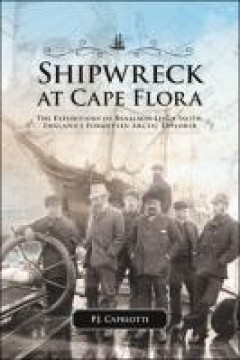
Shipwreck at Cape Flora: The Expeditions of Benjamin Leigh Smith, England's F…
Benjamin Leigh Smith discovered and named dozens of islands in the Arctic but published no account of his pioneering explorations. He refused public accolades and sent stand-ins to deliver the results of his work to scientific societies. Yet, the Royal Geographic Society's Sir Clements R. Markham referred to him as a polar explorer of the first rank. Traveling to the Arctic islands that Leigh S…
- Edition
- -
- ISBN/ISSN
- 9781552387122
- Collation
- -
- Series Title
- -
- Call Number
- -

Critical Perspectives on Cultural Memory and Heritage: Construction, Transfor…
Critical Perspectives on Cultural Memory and Heritage focuses on the importance of memory and heritage for individual and group identity, and for their sense of belonging. It aims to expose the motives and discourses related to the destruction of memory and heritage during times of war, terror, sectarian conflict and through capitalist policies. It is within these affected spheres of cultural h…
- Edition
- -
- ISBN/ISSN
- 9781787354845
- Collation
- -
- Series Title
- -
- Call Number
- -
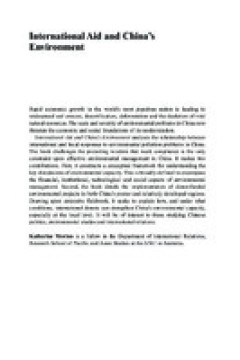
International Aid and China's Environment
Rapid economic growth in the world's most populous nation is leading to widespread soil erosion, desertification, deforestation and the depletion of vital natural resources. The scale and severity of environmental problems in China now threaten the economic and social foundations of its modernization. Using case studies, Morton analyzes the relationship between international and local responses…
- Edition
- -
- ISBN/ISSN
- 9781134183111
- Collation
- -
- Series Title
- -
- Call Number
- -
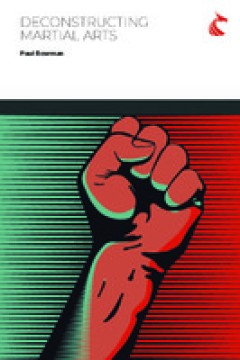
Deconstructing Martial Arts
"What is the essence of martial arts? What is their place in or relationship with culture and society? Deconstructing Martial Arts analyses familiar issues and debates that arise in scholarly, practitioner and popular cultural discussions and treatments of martial arts and argues that martial arts are dynamic and variable constructs whose meanings and values regularly shift, mutate and transfor…
- Edition
- -
- ISBN/ISSN
- 9781911653028
- Collation
- -
- Series Title
- -
- Call Number
- -

Wallenstein
" By the time Frederich Schiller came to write the Wallenstein trilogy, his reputation as one of Germany’s leading playwrights was all but secured. Consisting of Wallenstein’s Camp, The Piccolomini and The Death of Wallenstein, this suite of plays appeared between 1798 and 1799, each production under the original direction of Schiller’s collaborator and mentor, Johann Wolfgang (von) Goeth…
- Edition
- -
- ISBN/ISSN
- 9781783742639
- Collation
- -
- Series Title
- -
- Call Number
- -
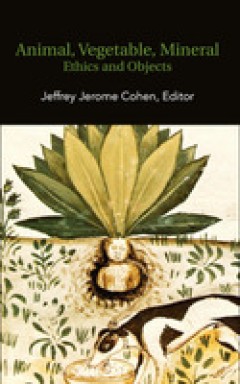
Animal, Vegetable, Mineral: Ethics and Objects
Animal, Mineral, Vegetable examines what happens when we cease to assume that only humans exert agency. Through a careful examination of medieval, early modern and contemporary lifeworlds, these essays collectively argue against ecological anthropocentricity. Sheep, wolves, camels, flowers, chairs, magnets, landscapes, refuse and gems are more than mere objects. They act; they withdraw; they ma…
- Edition
- -
- ISBN/ISSN
- 9780615625355
- Collation
- -
- Series Title
- -
- Call Number
- -
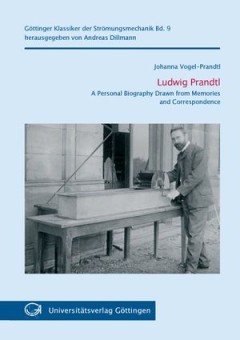
The American Literature Scholar in the Digital Age
The American Literature Scholar in the Digital Age, which features a wide range of practitioner-scholars, is the first of its kind: a gathering of people who are expert in American literary studies and in digital technologies, scholars uniquely able to draw from experience with building digital resources and to provide theoretical commentary on how the transformation to new technologies alters …
- Edition
- -
- ISBN/ISSN
- 9780472900343
- Collation
- 302 halaman
- Series Title
- Editorial Theory And Literary Criticism
- Call Number
- 800 EAR a
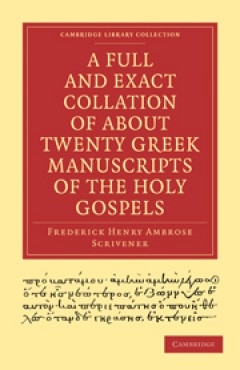
A Full and Exact Collation of About Twenty Greek Manuscripts of the Holy Gospels
The first major publication by the distinguished biblical scholar Frederick Henry Scrivener, this is a collation of twenty-three Greek manuscripts of the gospels. The Greek text is preceded by detailed introductory chapters in English, illustrating Scrivener's criteria for selecting the manuscripts, the methods he adopted to edit and collate the texts, and his critique of contemporary biblical …
- Edition
- -
- ISBN/ISSN
- 9780511706677
- Collation
- -
- Series Title
- Cambridge Library Collection - Religion
- Call Number
- -
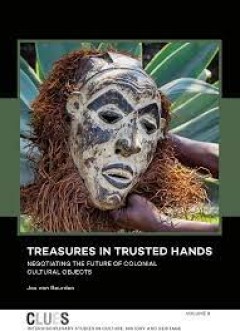
Treasures in Trusted Hands Negotiating the Future of Colonial Cultural Objects
This pioneering study charts the one-way traffic of cultural and historical objects during five centuries of European colonialism. It presents abundant examples of disappeared colonial objects and systematises these into war booty, confiscations by missionaries and contestable acquisitions by private persons and other categories. Former colonies consider this as a historical injustice that has …
- Edition
- -
- ISBN/ISSN
- -
- Collation
- -
- Series Title
- -
- Call Number
- -

Arab TV-Audiences Negotiating Religion and Identity
Today the relations between Arab audiences and Arab media are characterised by pluralism and fragmentation. More than a thousand Arab satellite TV channels alongside other new media platforms are offering all kinds of programming. Religion has also found a vital place as a topic in mainstream media or in one of the approximately 135 religious satellite channels that broadcast guidance and enter…
- Edition
- -
- ISBN/ISSN
- -
- Collation
- -
- Series Title
- -
- Call Number
- -
 Computer Science, Information & General Works
Computer Science, Information & General Works  Philosophy & Psychology
Philosophy & Psychology  Religion
Religion  Social Sciences
Social Sciences  Language
Language  Pure Science
Pure Science  Applied Sciences
Applied Sciences  Art & Recreation
Art & Recreation  Literature
Literature  History & Geography
History & Geography